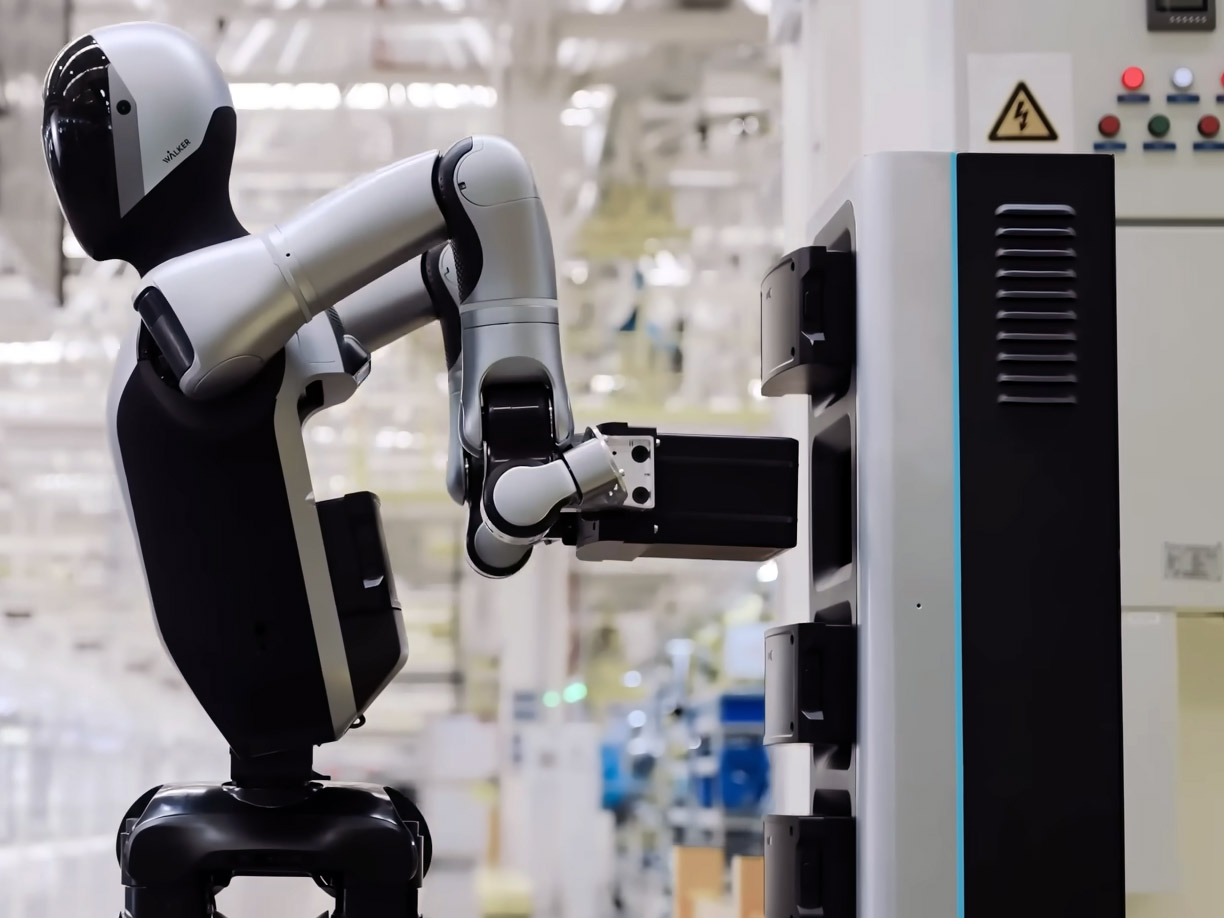In a leap forward for robotics, the Walker S2 humanoid robot can now swap its own battery in just three minutes, challenging the autonomy of Tesla’s Optimus. This advancement marks the transition of battery swap technology from electric vehicles to the realm of industrial robotics.
Tesla Optimus autonomy challenged by Walker S2 robot that swaps its own battery in 3 minutes

Key Takeaways:
- Walker S2 swaps its own battery in 3 minutes.
- Battery swap technology is moving from EVs to robots.
- Eliminates the need for idle charging time.
- Challenges Tesla’s Optimus in robot autonomy.
- Marks a shift in industrial robotics efficiency.
Redefining Robot Autonomy
The world of robotics has witnessed a groundbreaking development with the introduction of the Walker S2 industrial humanoid robot. This innovative machine can swap its own battery in a mere three minutes, a feature that significantly enhances its autonomy and operational efficiency.
A Challenge to Tesla’s Optimus
Tesla’s Optimus robot, previously celebrated for its advanced capabilities, now faces competition. “Tesla Optimus has been one-upped by the new Walker S2 industrial humanoid robot,” reports Notebookcheck. The Walker S2’s ability to avoid idle time typically spent on charging stands sets a new standard in the industry.
From Electric Vehicles to Robotics
Battery swapping technology, once predominantly associated with electric vehicles (EVs), is making a notable transition into robotics. The Walker S2 exemplifies this shift, demonstrating how innovations in one sector can catalyze advancements in another. “The battery swap technology is now moving from electric vehicles to robots,” highlighting a significant technological crossover.
Eliminating Downtime in Industrial Operations
One of the critical advantages of the Walker S2 is its ability to maintain continuous operations. By autonomously managing its power needs, the robot “doesn’t have to sit idle on the charging stand.” This capability is particularly beneficial in industrial settings where downtime can lead to decreased productivity and increased costs.
Implications for the Future of Robotics
The introduction of self-managed battery swapping in humanoid robots marks a pivotal moment in robotics. It not only enhances efficiency but also pushes the boundaries of what robots can achieve autonomously. As the Walker S2 sets new benchmarks, it encourages ongoing innovation and competition within the field.
By integrating battery swapping technology and challenging established competitors, the Walker S2 industrial humanoid robot represents a significant step forward. Its ability to operate without the constraints of traditional charging methods may well redefine operational standards in robotics for years to come.











